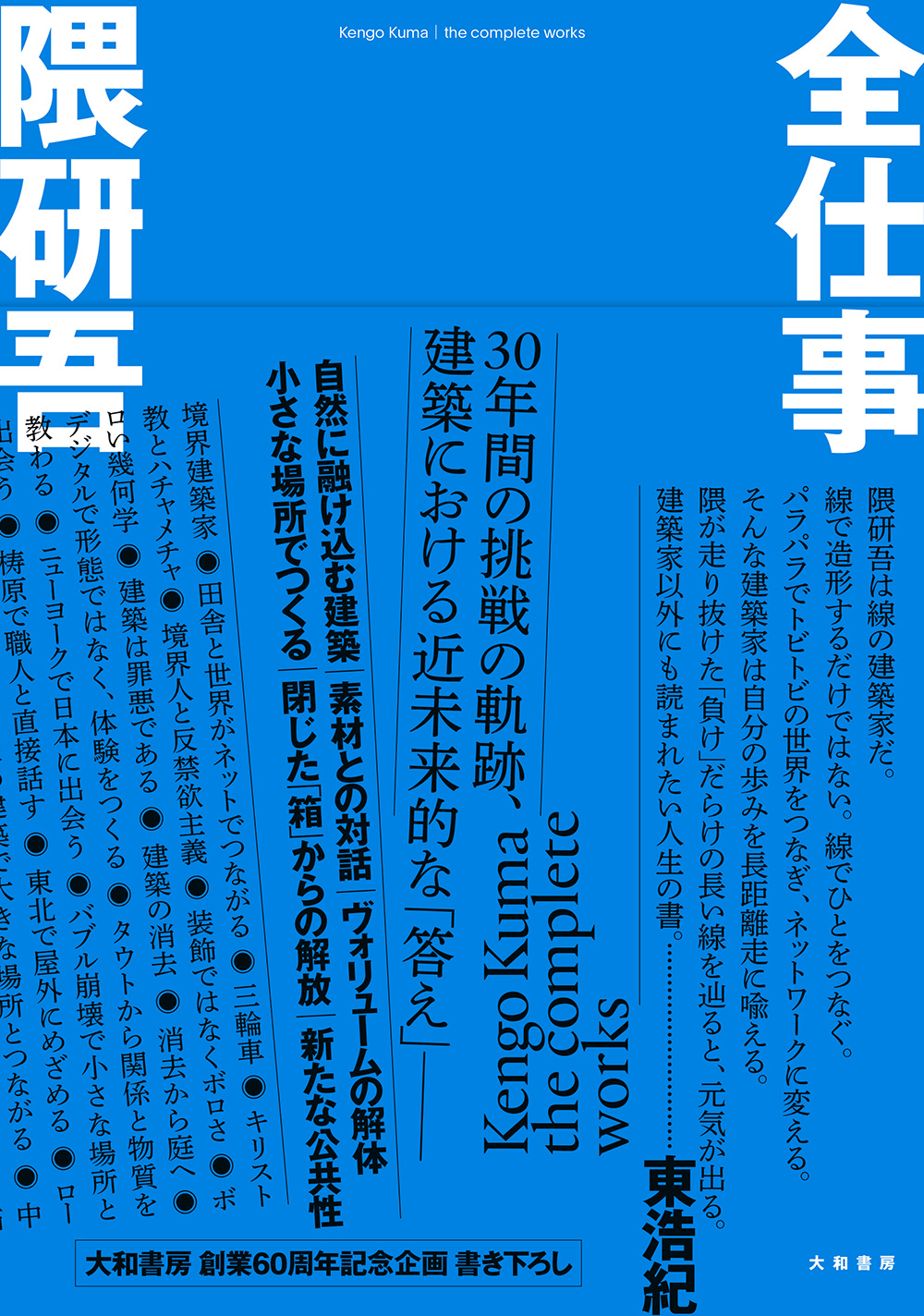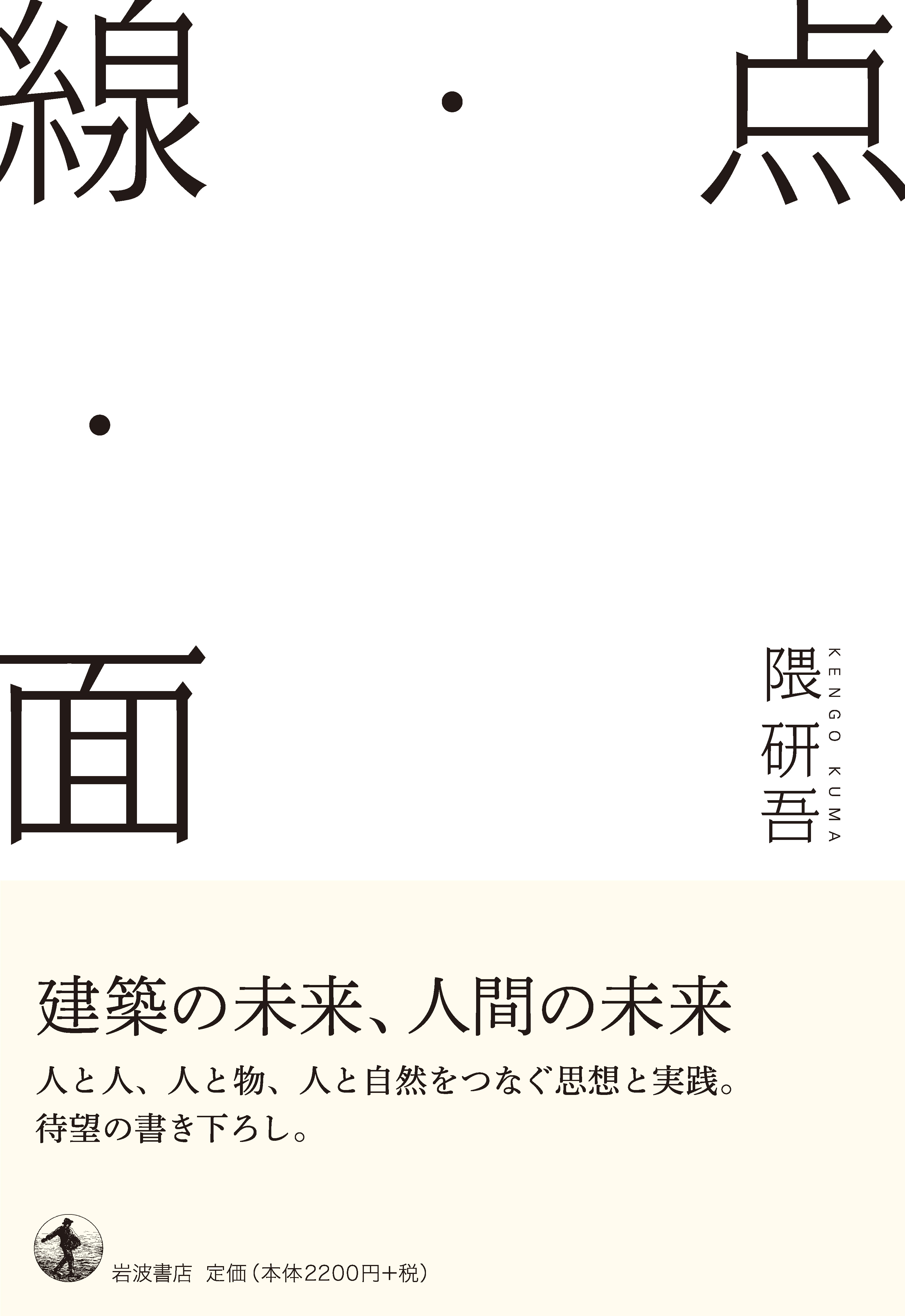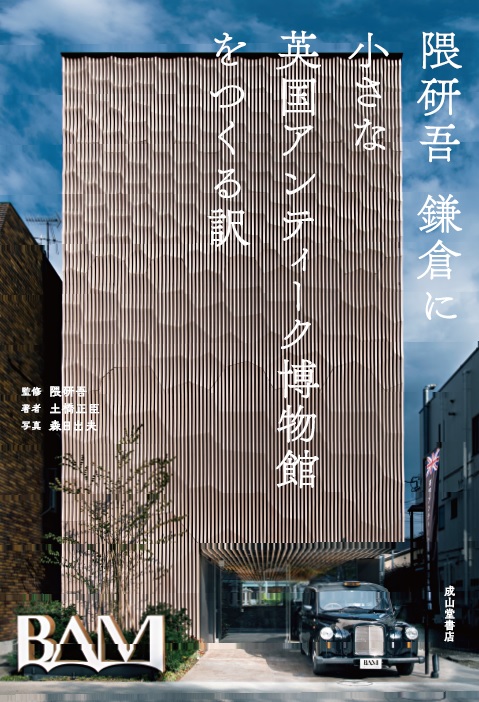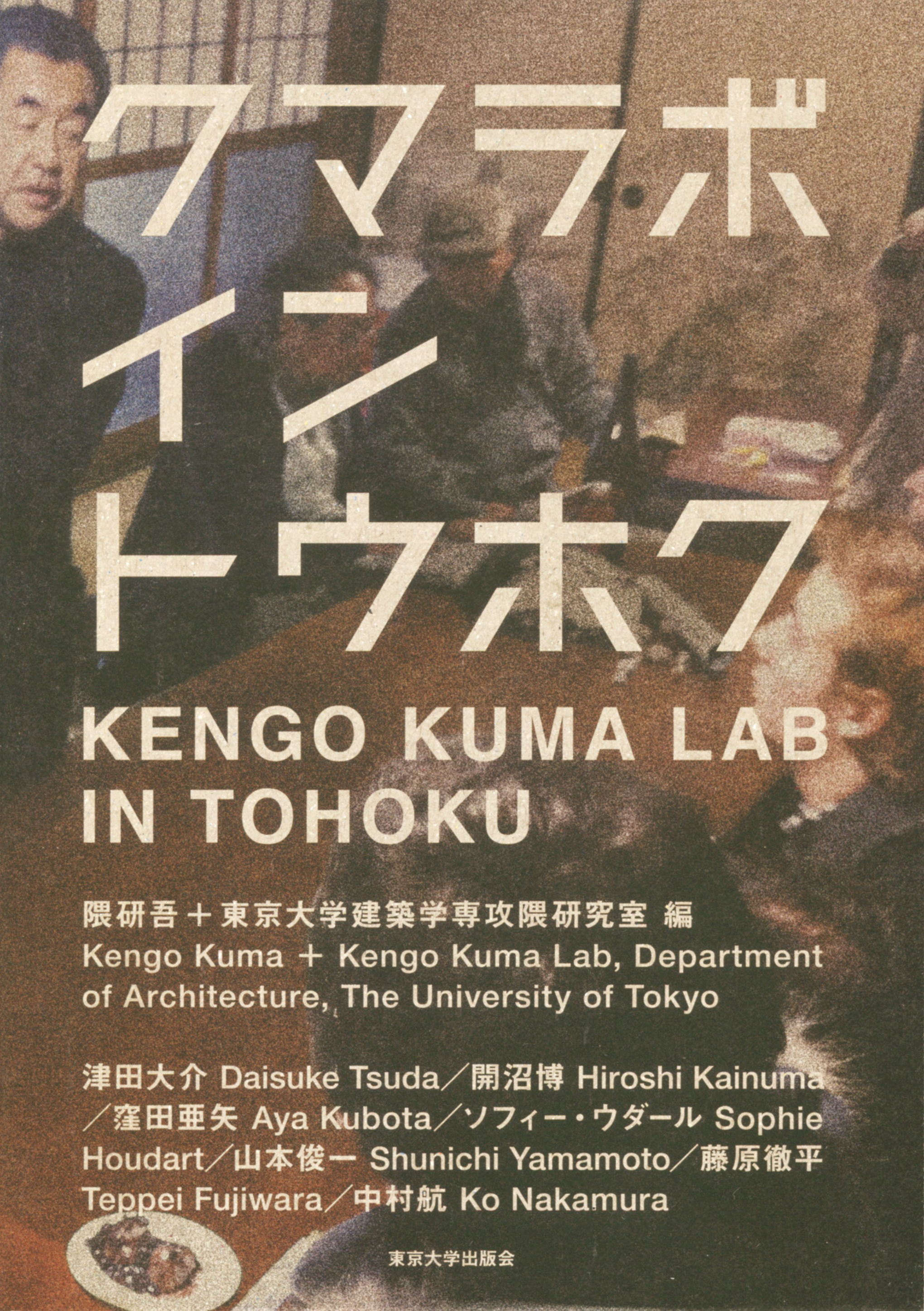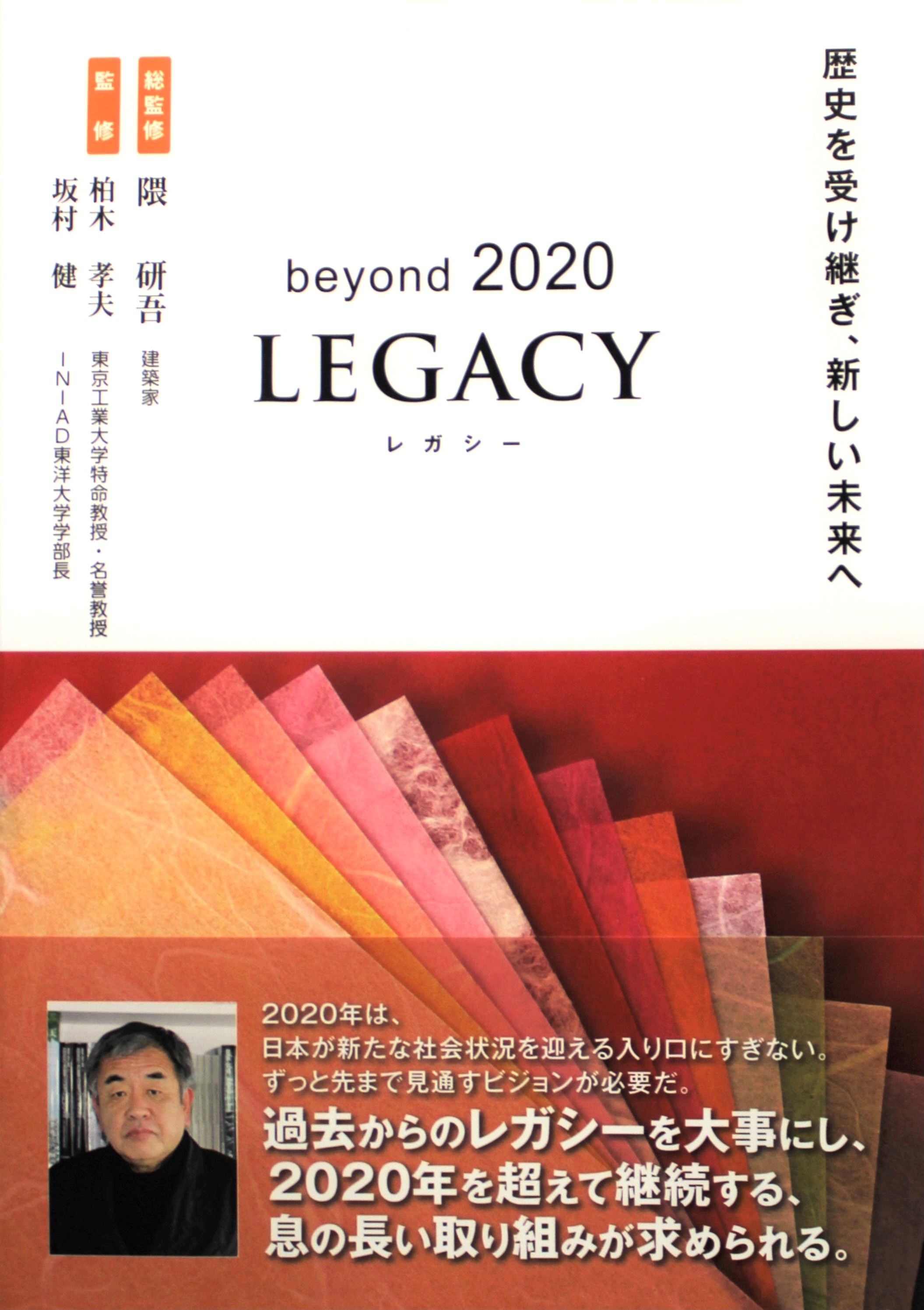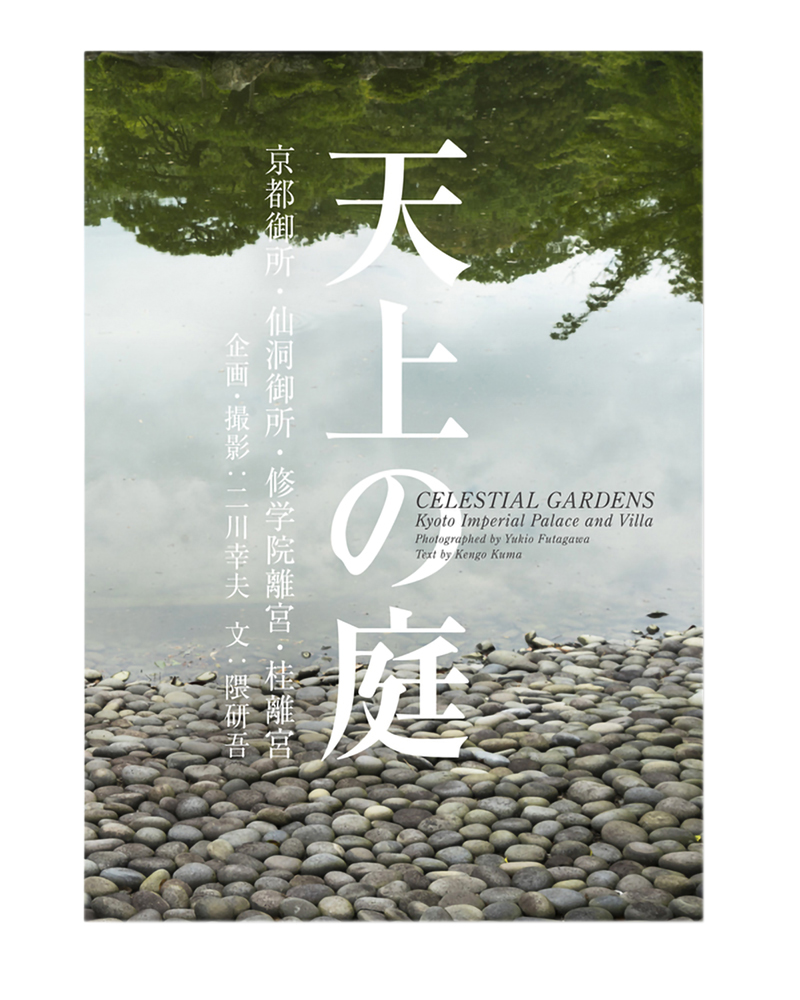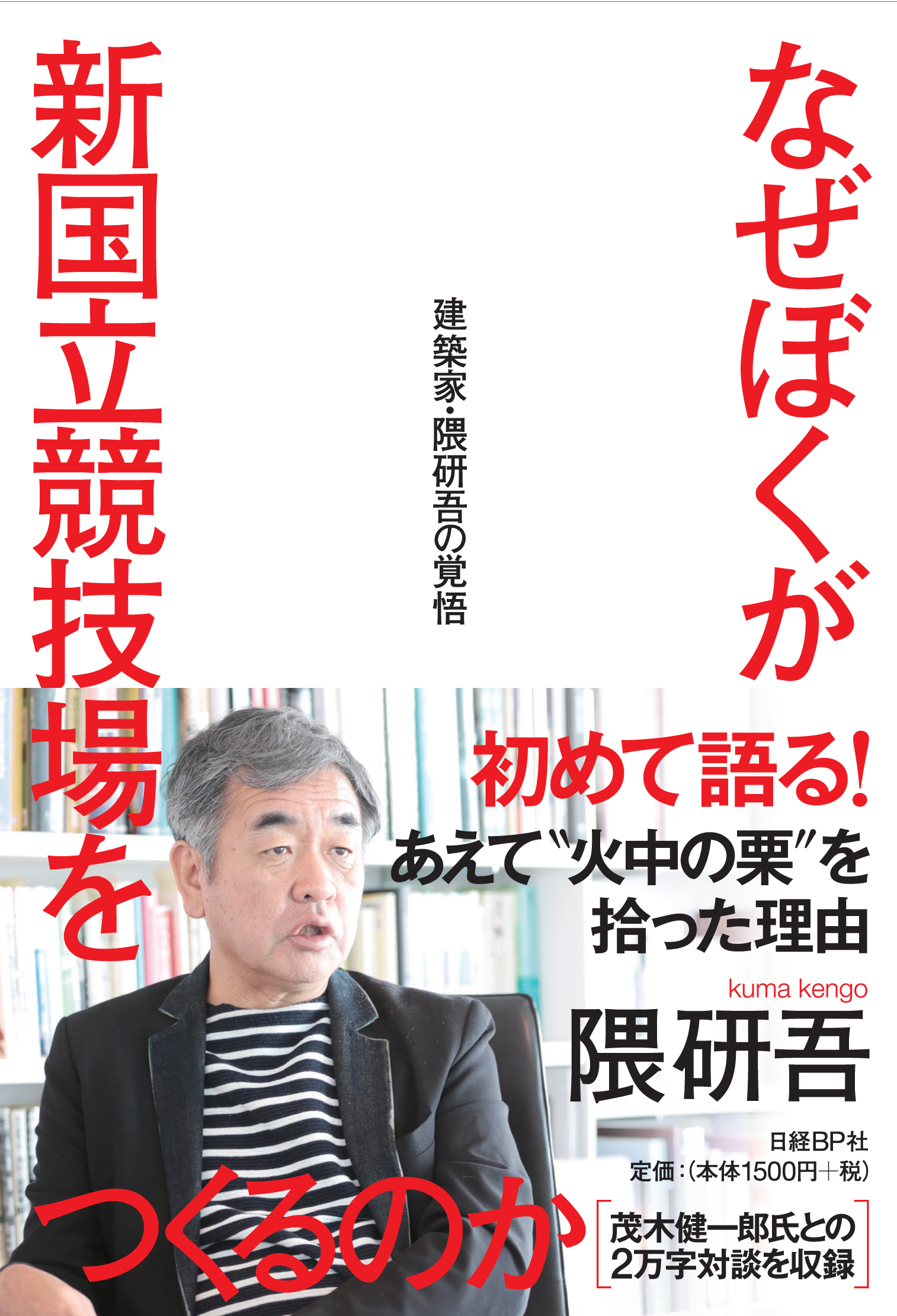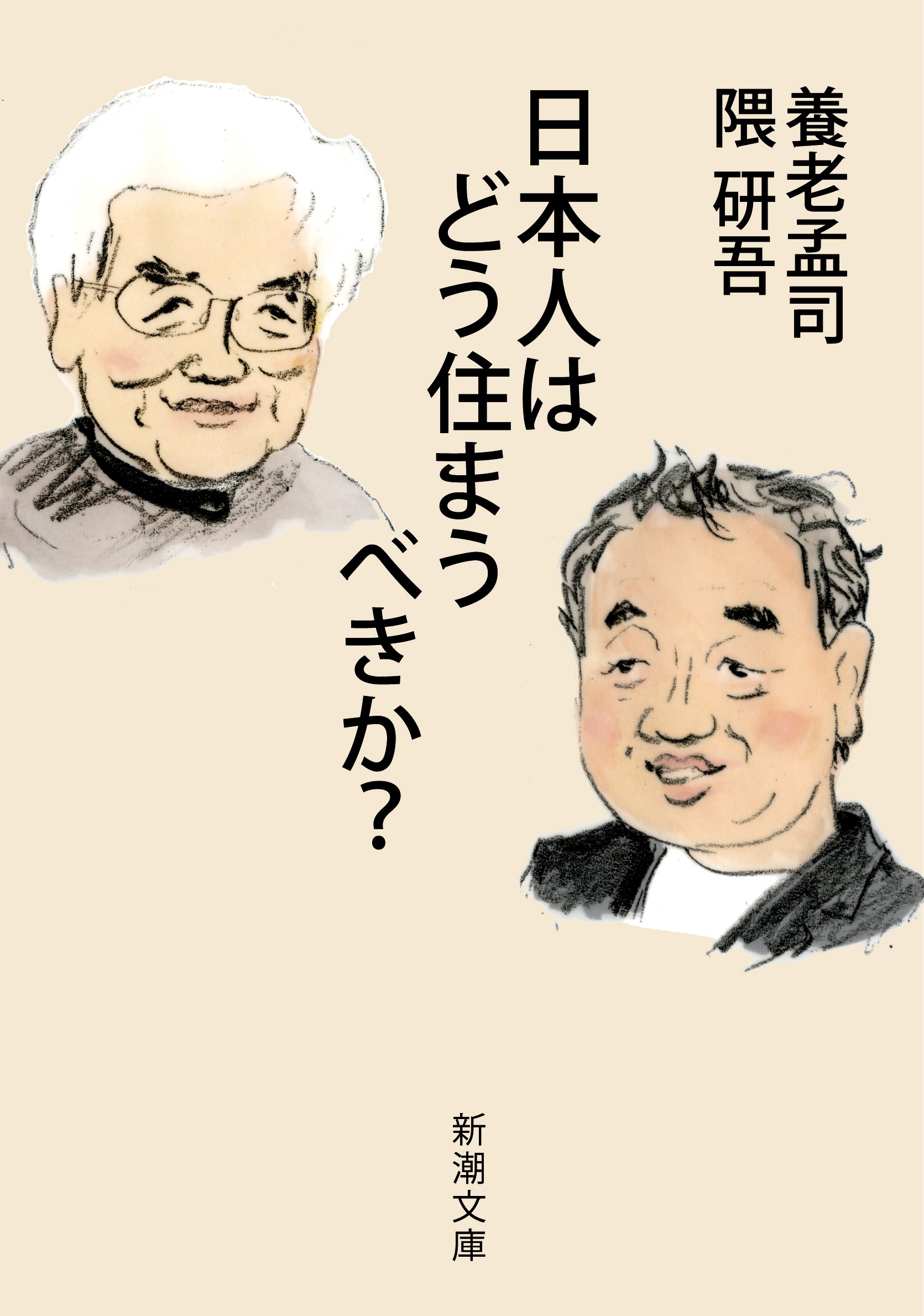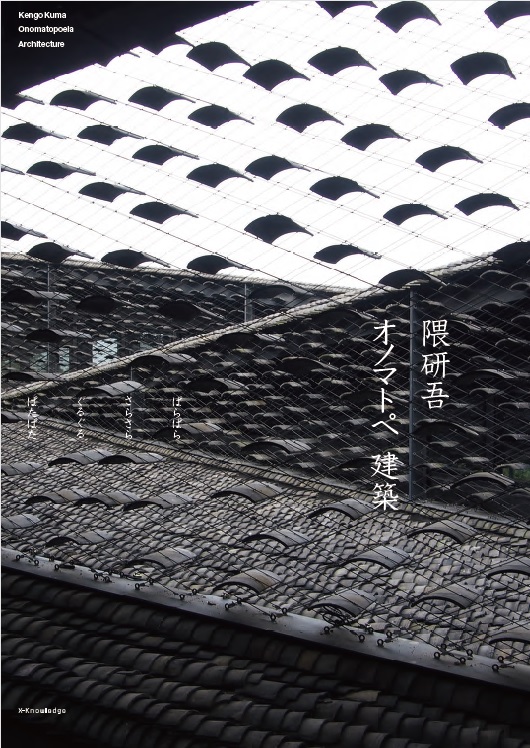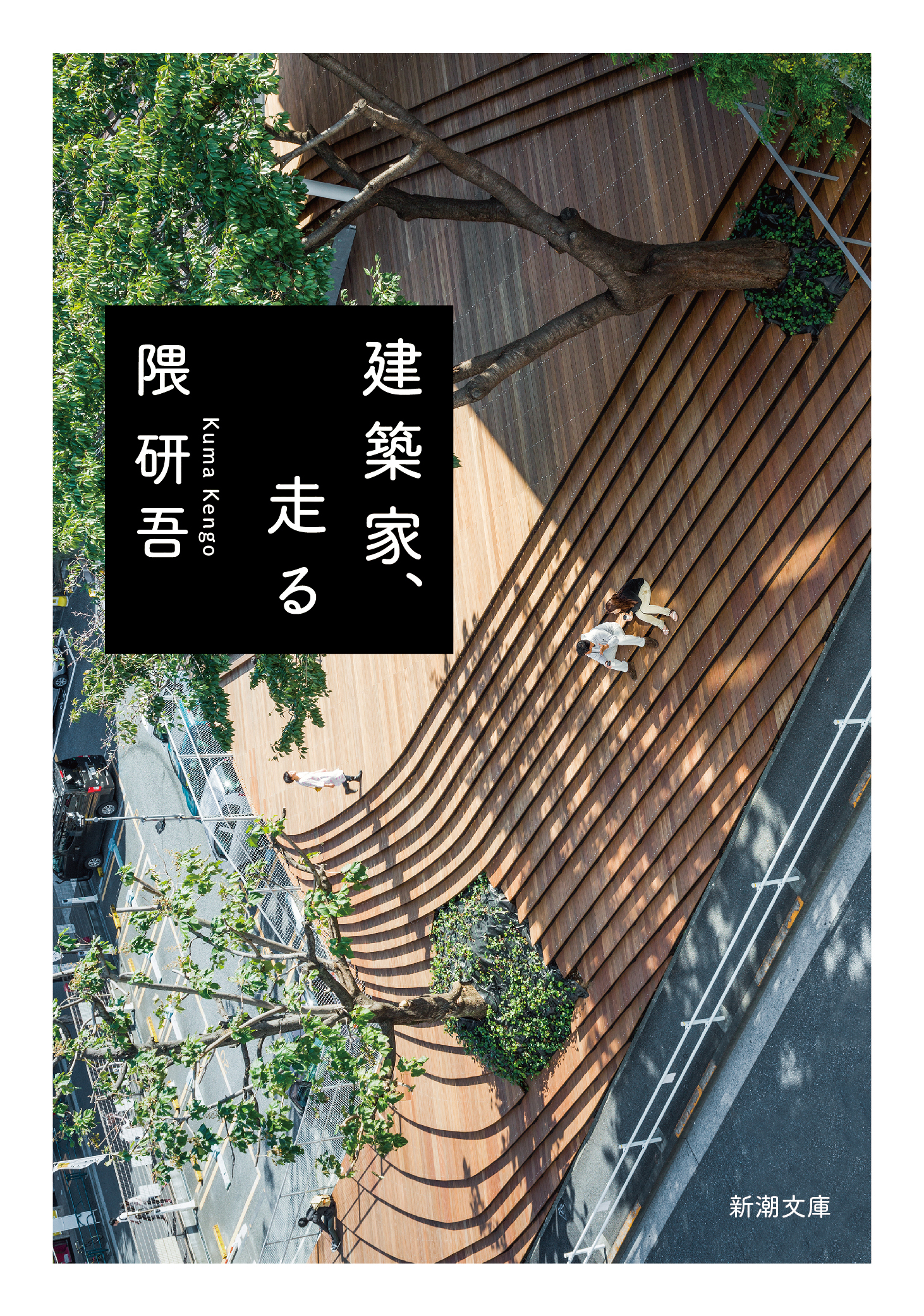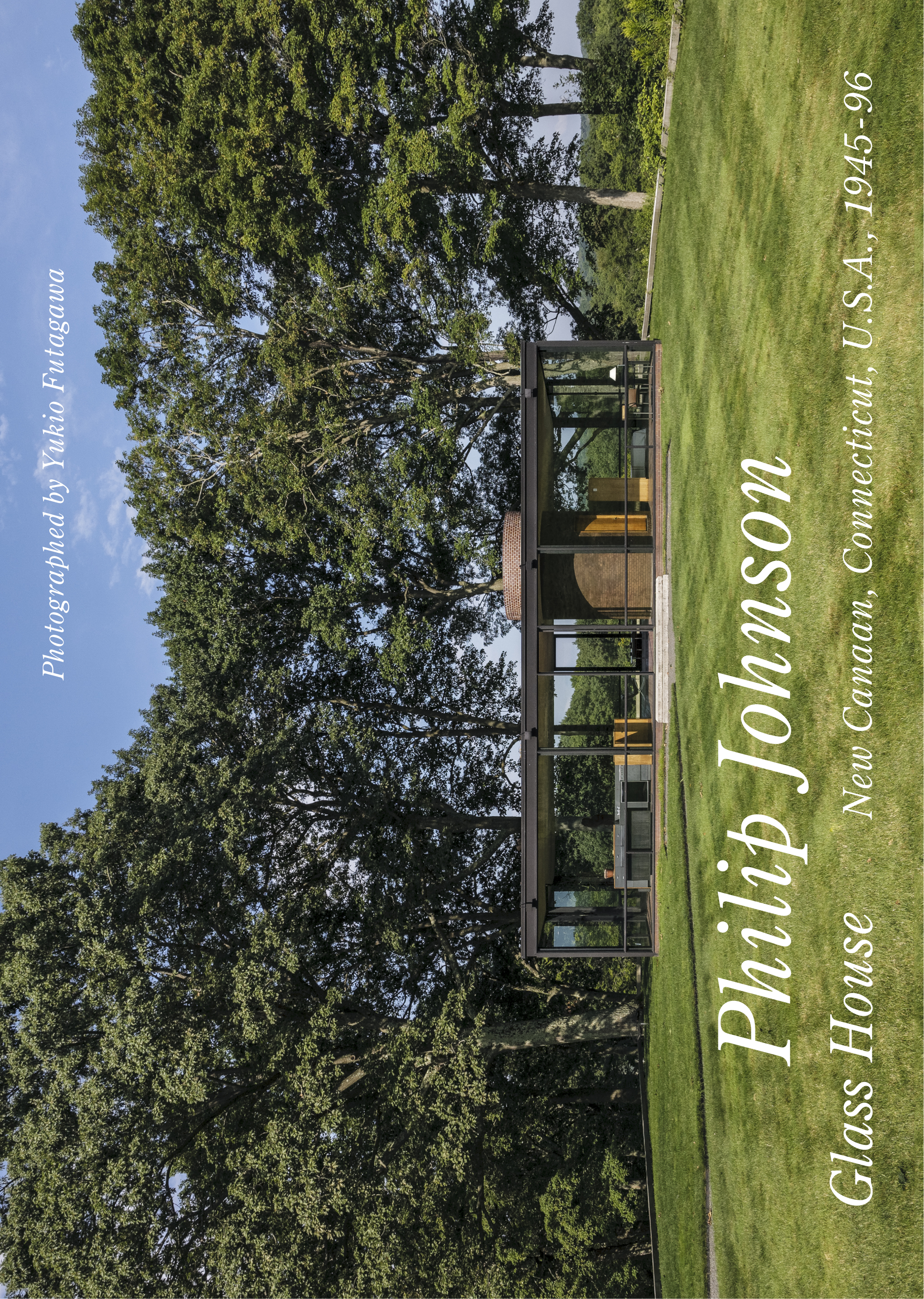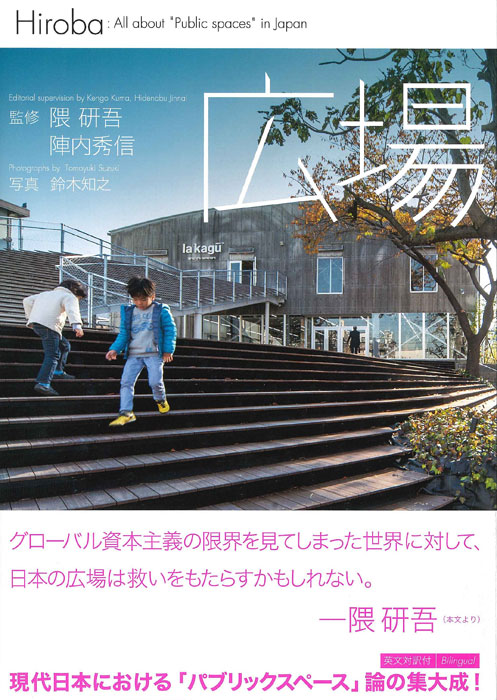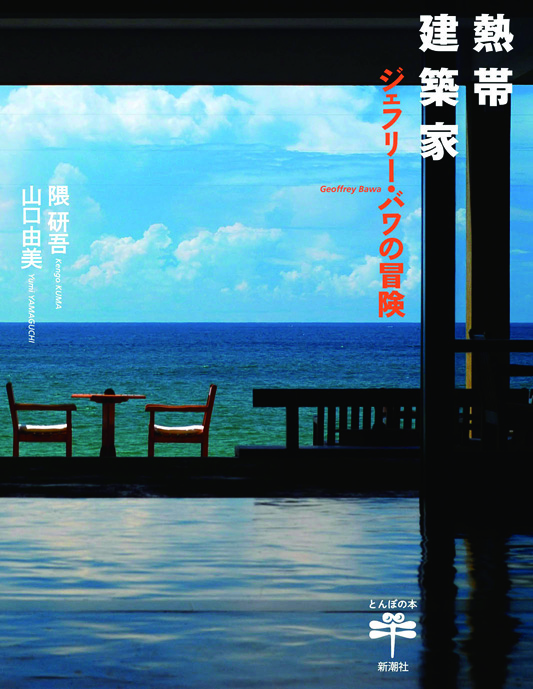
Title
Tonbo no Hon Nettai-Kenchikuka (A Tropical Architect - An Exploration of Geoffrey Bawa)
Size
126 pages, B5 format
Language
Japanese
Released
November 27, 2015
ISBN
978-4-10-602263-0
Published by
SHINCHOSHA
Book Info
See Book Availability at Library
Japanese Page
Geoffrey Bawa is a Sri Lankan architect whom I consider plays the role of a “hinge” in 20th-century architectural history. This indicates that he serves as a link between modernist architecture, based on industrial capitalism, at its point of transition to “satoyama (countryside) capitalism.”
At first, I did not consider Bawa a pivotal architect. He was a commercial architect who designed some engaging villas and hotels in the beautiful jungle of Sri Lanka, and even though I felt like I would like to stay at one of the hotels he designed, I did not consider him to be an important architect in history.
My perspective changed, however, when I saw his actual buildings. I learned their relationships with their respective sites, the manner in which Bawa had used locally produced materials, the way he had collaborated together with local workers and craftspeople, and more. I understood how his unpretentious buildings were the products of “relationships” between all of these elements. The fundamental principle of modernist architecture is “severance,” characterized by the building being severed from place, by its contrast with its site. Modernism can be understood without visiting its sites; in fact, seeing a modernist building in its actual location is all too often disappointing. Yet, architecture like Bawa’s, grounded as it is in “relationships,” is first understood by visiting it, experiencing its architectural goodness, its overall greatness. Only when I walked in the Sri Lankan jungle did I first “get” Bawa’s architecture.
Bawa’s work began in the second half of the 20th century. It had major impacts on a new style of resort hotel—for example, the Aman hotel. Under Bawa’s influence, resort hotel design emerged as something new in contrast with such hotels of the past. Also different was the relationship of these hotels with society, and their place in society. Namely, awareness that resort hotels are key engines driving the move toward satoyama capitalism began after Bawa’s creations.
Subsequently, I was entrusted with the restoration of a Bawa-designed hotel (Club Villa) in Sri Lanka. Further, I had the opportunity to design my own hotel on the Sri Lankan coast. Next, I was commissioned to design the pavilion commemorating Bawa’s 100th birth anniversary, located in the garden of the forest villa used by Bawa. Such has been my destiny—history is certainly a strange thing.
(Written by KUMA Kengo, Professor, School of Engineering / 2020)



 Find a book
Find a book


 eBook
eBook